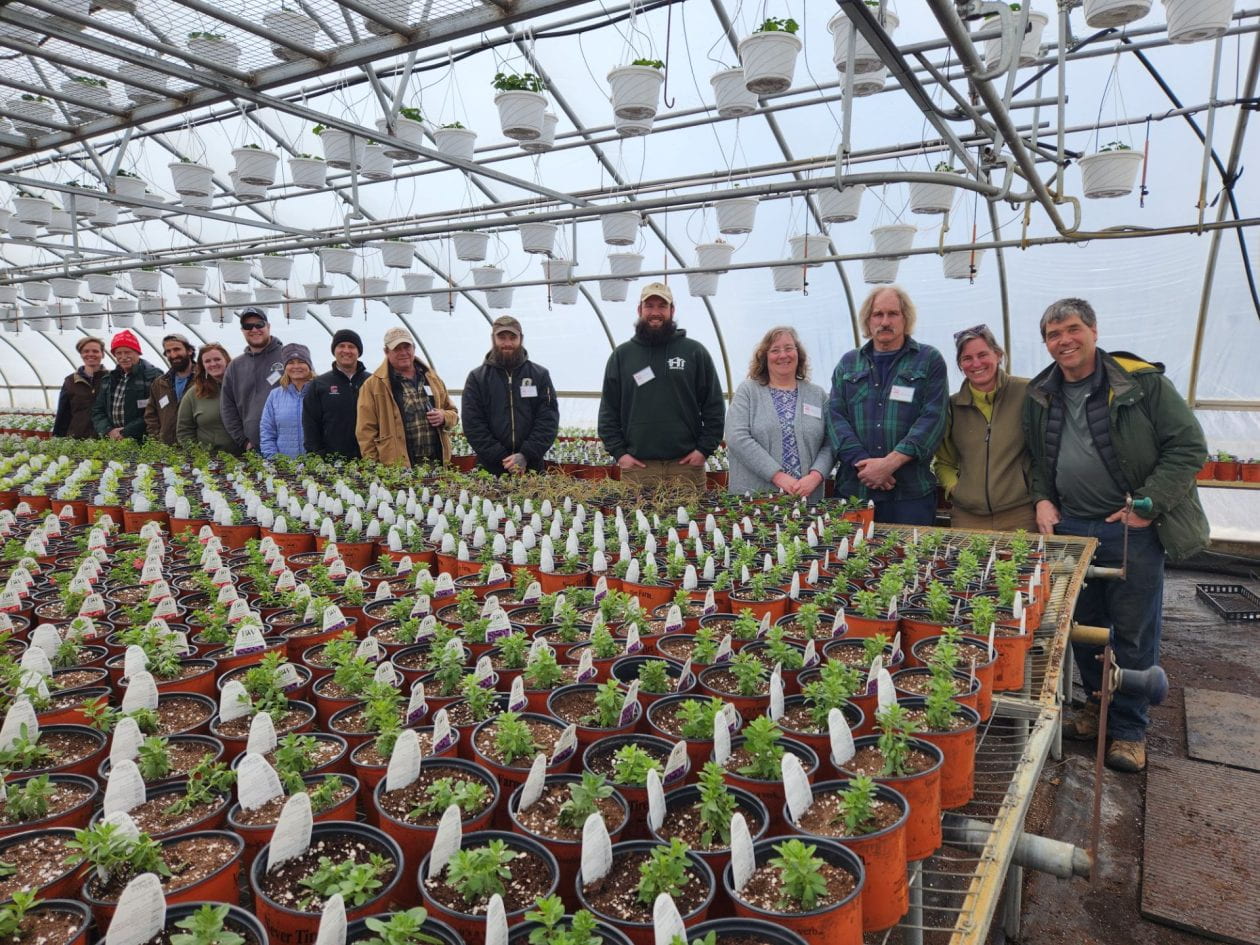Spring is here which means local greenhouses and high tunnels are filling quickly. Some businesses focus on growing transplants of flowers, vegetables, and herbs for sale to the public and others plant into the ground for a bountiful harvest later in the season.
Last month, 19 farmers and gardeners participated in the final 2023 Ag and Food Producer Academy course organized by Cornell Cooperative Extension, Planning and Maintaining a High Tunnel or Greenhouse. The group was eager to learn how to incorporate protected structures on their own property, to extend the growing season and grow crops that otherwise might be challenging in northern New York.
A wealth of experience was shared throughout the three online sessions and field trip day to local greenhouse businesses and high tunnels. Here are a few tidbits we gleaned from our course instructors and field trip hosts.
- Determining Your Structure Size and Soil Management Plan
Judson Reid, Course Instructor and Cornell Cooperative Extension’s Vegetable Specialist emphasized proper structure size and soil management tools. Jud explained that it’s sometimes easier to start with a larger high tunnel or greenhouse so you can grow into it, rather than trying to scale up from a smaller one as your operation evolves. He walked course participants through considerations to determine the correct structure size for their business. Jud also strongly recommended having a soil management plan.
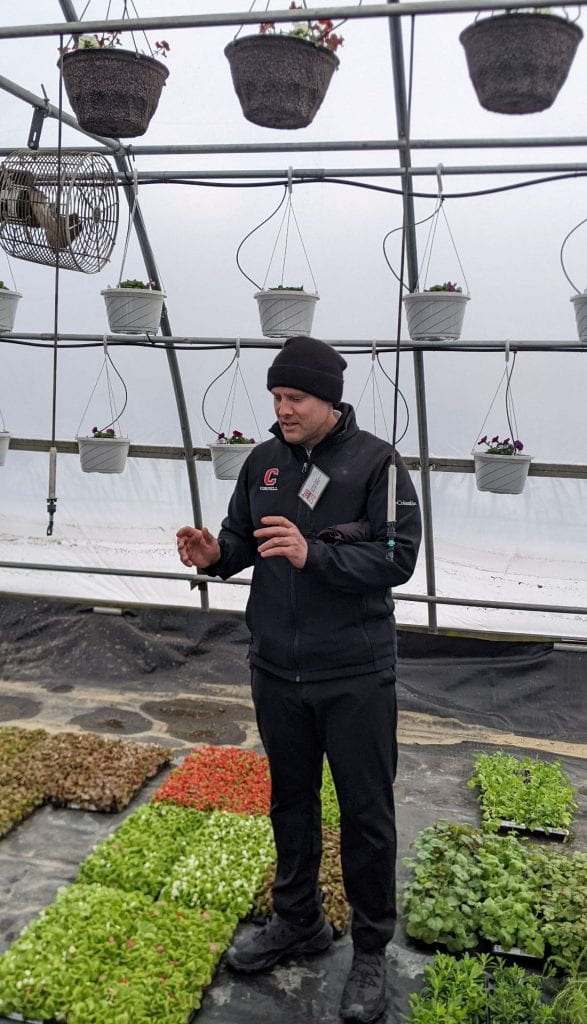
Soil tests are crucial to manage soil health and he suggests including a fertilizer injector into your system as a cost effective and efficient way to make adjustments to grow robust plants.
2. Finding Funding
Lindsey Pashow, Guest Instructor and Cornell Cooperative Extension’s Agriculture and Business Development and Marketing Specialist, discussed searching and applying for grant funding based on your farm and high tunnel or greenhouse needs. She suggested making a list of your needs and starting with internet searches, finding the past timings and deadlines of grants, and looking at past projects to see if your project is similar and a good fit.
While folks are often attracted to grants (versus the interest rate and payback of loans) Lindsey reminded the group they are not free money since a great deal of time is needed to write, maintain, and finalize grants. There are outside agencies, such as Farm Credit East, that can help you with this process. Here are a few places to start searching for funding: Natural Resources Conservation Service, Soil and Water, NYS Grown and Certified, and NYS Beginning Farmer Grant.
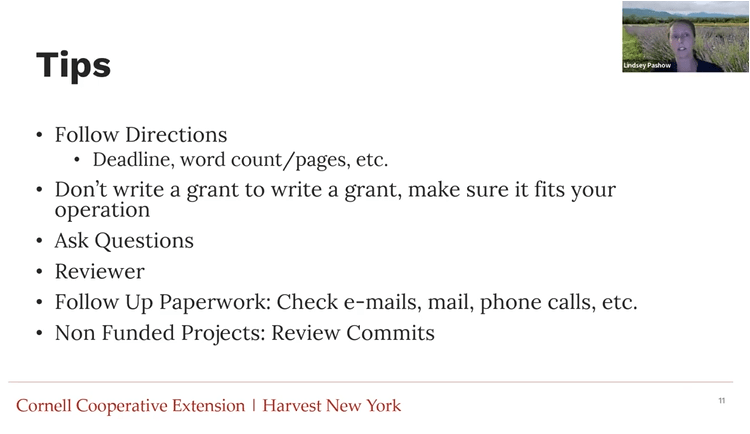
3. Knowing your market and customers
After the online sessions wrapped up, we hit the road visiting three local businesses in one day. Farr’s Greenhouse of Hermon, operational since the 1960s, became a generational family business when Morgan and Sarah Farr purchased it from Morgan’s parents. A key component to their success is knowing their market. They sell vegetable and flower plants directly to customers and have made adjustments to their plant mix each year, trending towards more flowers and bedding plants over the years. Morgan notes “people are out because they want to have fun, they have a good time and get excited about it every year. It’s not like going to the grocery store.”

Another recent improvement has been the addition of a credit card reader which has allowed customers to make larger purchases compared to if they only accepted cash purchases. Farr’s Greenhouses’ long community history has contributed to customers coming each year, and people often find them by word of mouth. They are open now and folks can visit them to purchase flowers, herbs, vegetables, succulents and more.
4. Ingenuity for New Goals
Kathy and Tim Fuller of Fuller’s Farm in Canton shared their recent transition to growing hydroponically in their high tunnels. After decades of growing vegetables in-ground for farmers markets and their Community Supported Agriculture shares, they reevaluated how they wanted to spend their labor and reduce physical stress on their bodies.
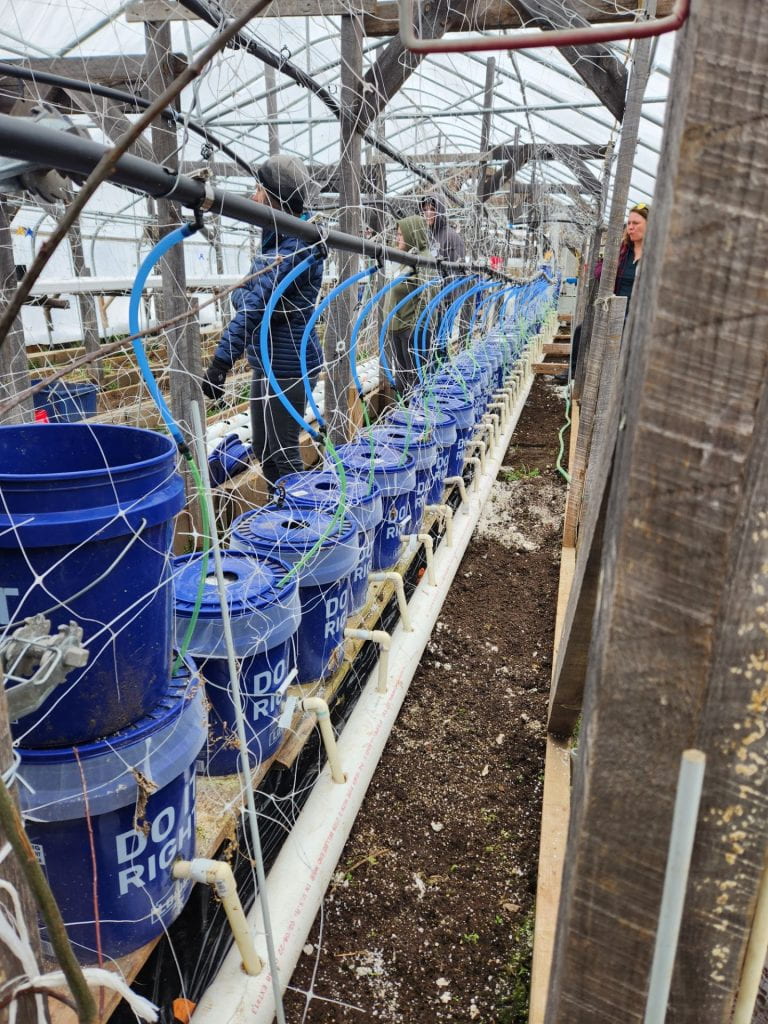
With ingenuity, your high tunnel or greenhouse space can change over time based on your goals.
5. Deciding on Investments
In Lisbon, Never Tire Farm is the largest wholesale greenhouse grower in St. Lawrence County. Owners Megan and Ray Bowdish made significant investments in their business since they purchased it from Ray’s parents 30 years ago. Large tracks connect the 9 high tunnels to each other and to one central potting and supplies location. Carts are filled with plants at the central potting tunnel and then pushed along the tracks and delivered to high tunnels.
Additional investments in mechanical propagation, a soil filler, automatic watering systems, and climate monitoring allow for streamlined processes. Megan and Ray acknowledged it can be scary to invest. They discussed how it’s possible to get by without a tool or a tech investment, but if you do your homework, know what you’re doing, and have the appropriate market and skills, investments can pay off in the long run.
Their vegetables, herbs, and flowers can be found in over a dozen retail locations across St. Lawrence County and beyond.
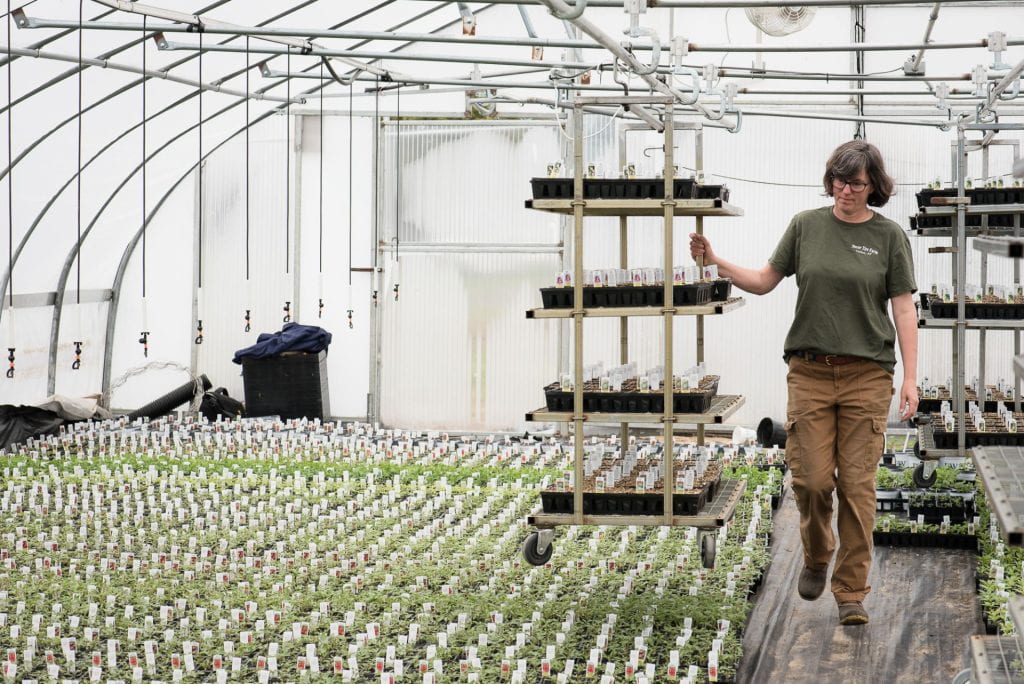
These topics were just the tip of the iceberg on what was discussed during the course and field trip. Stay tuned for upcoming programming opportunities to grow and develop your farm or food business. You can also read more about the two other Academy courses in our past Fruition Posts here: Developing Skills with New Food Entrepreneurs and 5 Takeaways for Building an Agritourism Experience.
Extension sends a huge thank you to all of our 2023 Ag and Food Producers Academy instructors and hosts for making the program a success. The Academy was made possible with funding from the USDA as part of their Farmers Market Promotion funds as one aspect of an Extension initiative called, Growing Resilience.
Laurel Balog is the Food System Program Assistant within the Local Foods Team. She has a background in ecology, organic agriculture, food systems, and provides logistical and planning support for Extension’s Local Food programming.
